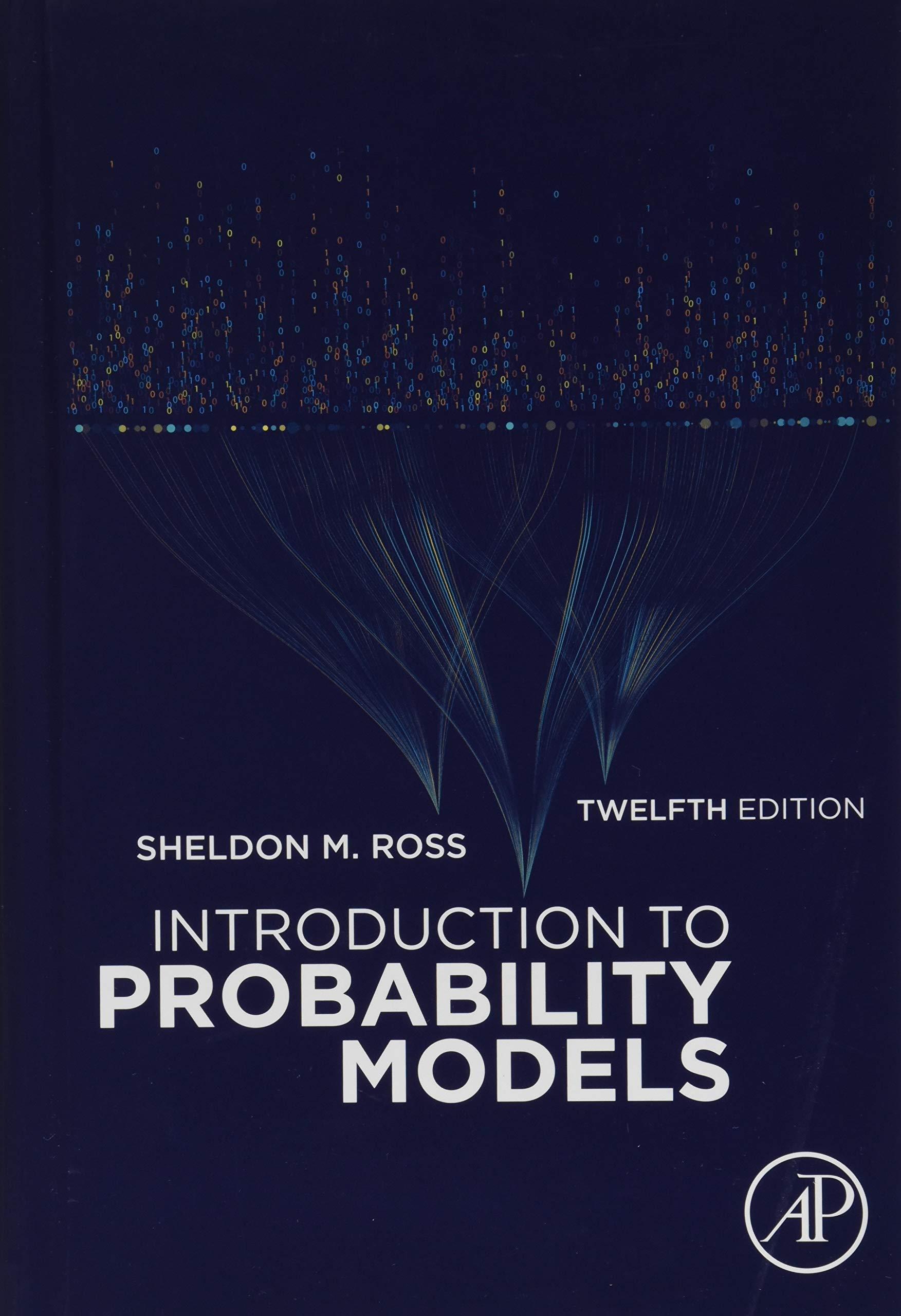Question
Researchers wanted to know whether the number of individuals present in a situation impacted the amount of time before individuals help someone in need (i.e.,
Researchers wanted to know whether the number of individuals present in a situation impacted the amount of time before individuals help someone in need (i.e., they were studying the bystander effect*). Participants in the study were placed in a room alone or with other "participants" (these individuals were not participants but confederates of the experimenter told not to respond). Outside of the testing room, an individual is on a ladder putting material up on a bulletin board. After the participant has entered the testing room and two minutes have passed, the bulletin board person "falls" outside the room (the ladder is knocked over in front of the door). The amount of time it takes the participant to get out of their chair to look outside the door to help is recorded. Participant were tested alone, with one other person, with two people, and with four people. Data are below:
Alone | One | Two | Four |
| 12 16 28 45 23 14 8 15 33 25 28 58 22 | 23 21 53 23 34 32 14 23 42 32 21 42 21 | 34 45 63 32 34 57 53 34 12 34 64 23 22 | 24 66 75 43 84 35 67 32 43 66 43 54 34 |
I encourage you to use VassarStats for this assignment! http://vassarstats.net/
- What is the null hypothesis in this study?
- What is the alternate hypothesis?
- What probability should you use and why?
- What are the degrees of freedom?
- What is your computed answerFvalue?
- Based on your F value, probability level, degrees of freedom, and critical value, can you reject the null hypothesis and conclude that there is a significant difference between at least two of the groups?
- Interpret your answer--are there differences among the groups? Explain which group differences are significant and which are not. Then, write one sentence summarizing these differences (if relevant).
- If you have made an error, would it be a Type I or a Type II error? Explain
Step by Step Solution
There are 3 Steps involved in it
Step: 1

Get Instant Access to Expert-Tailored Solutions
See step-by-step solutions with expert insights and AI powered tools for academic success
Step: 2

Step: 3

Ace Your Homework with AI
Get the answers you need in no time with our AI-driven, step-by-step assistance
Get Started


